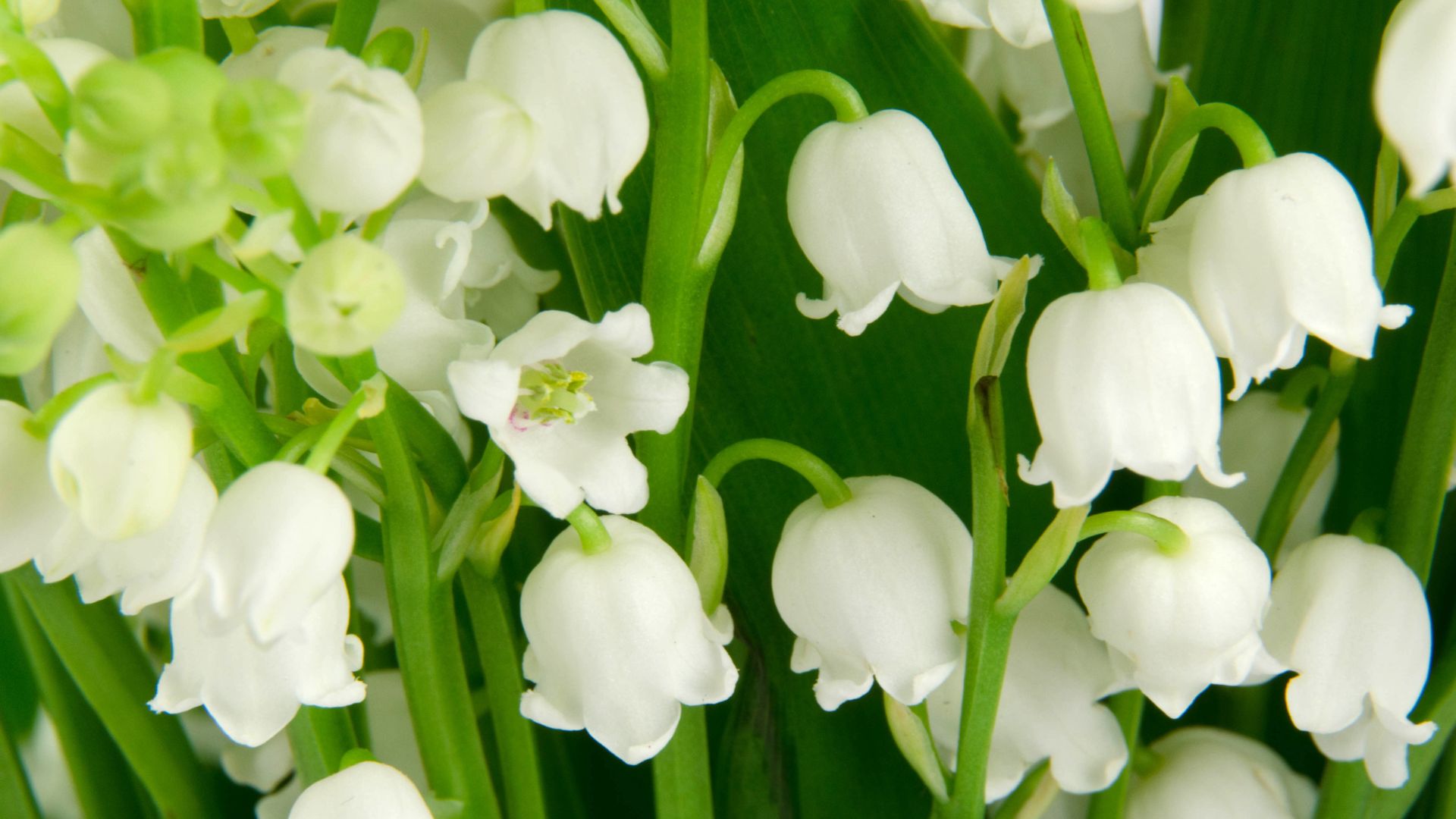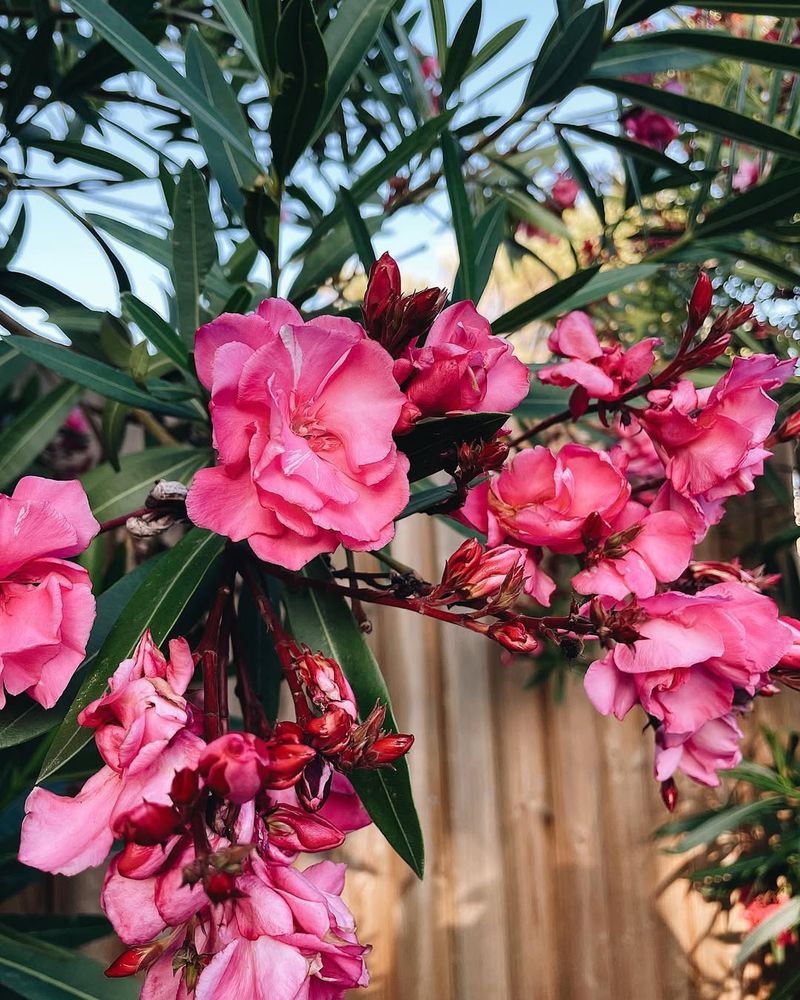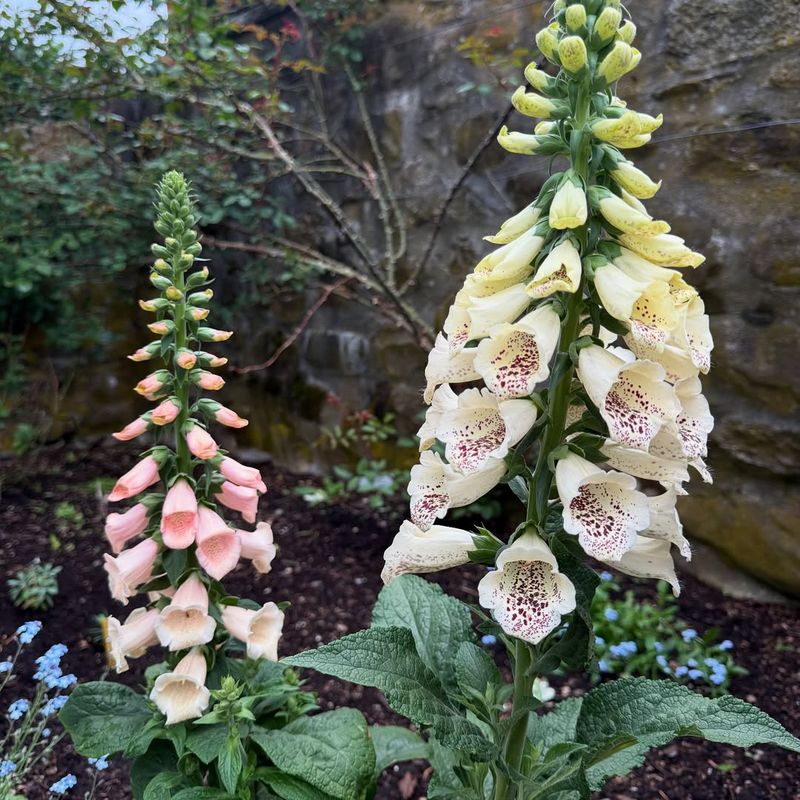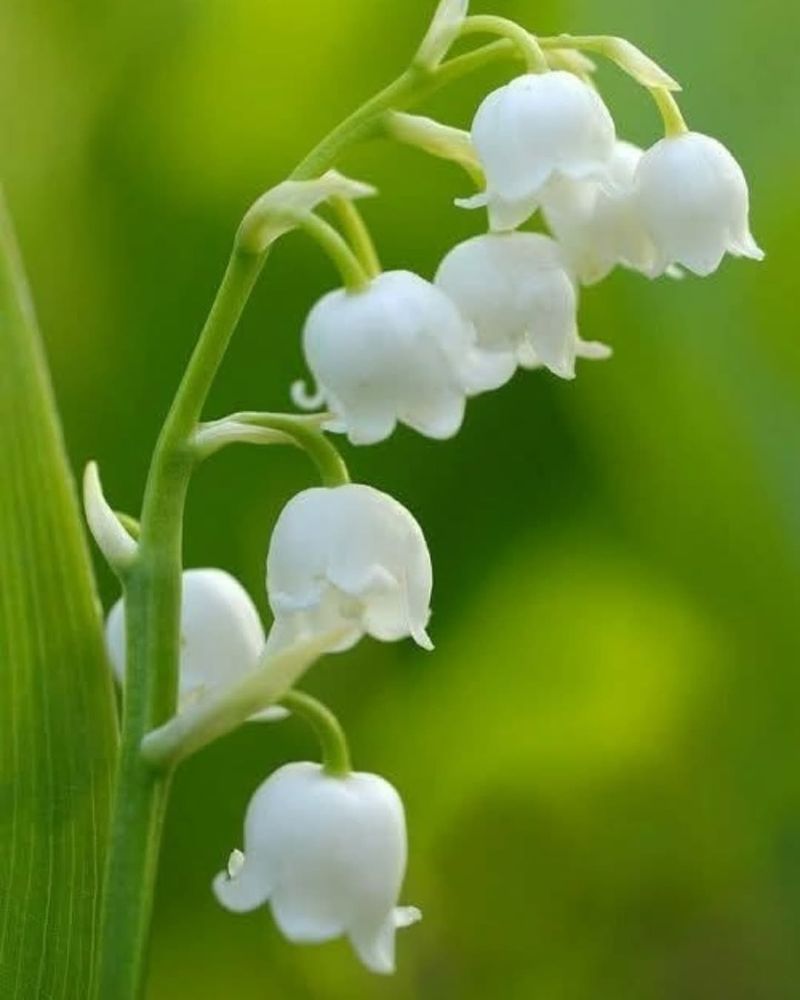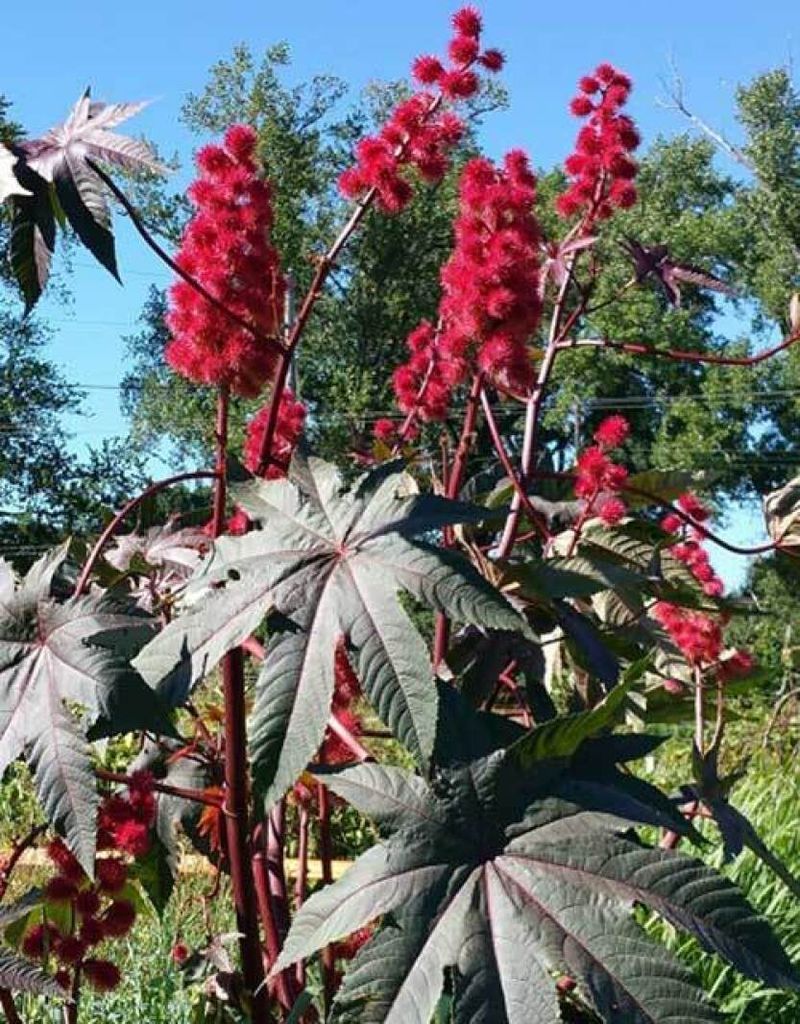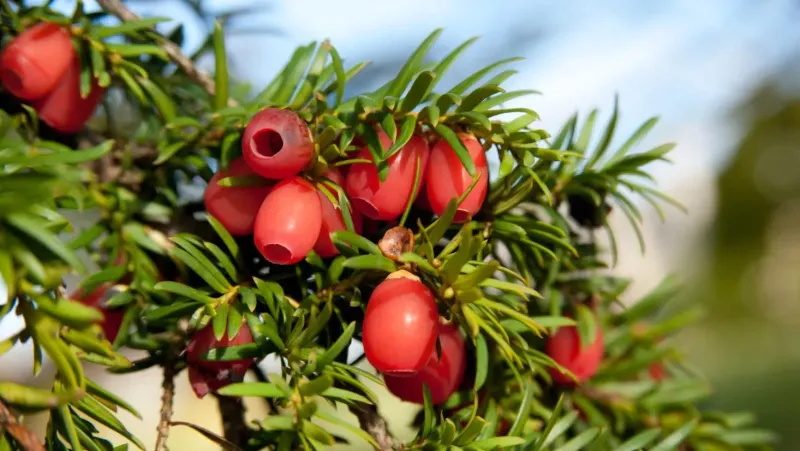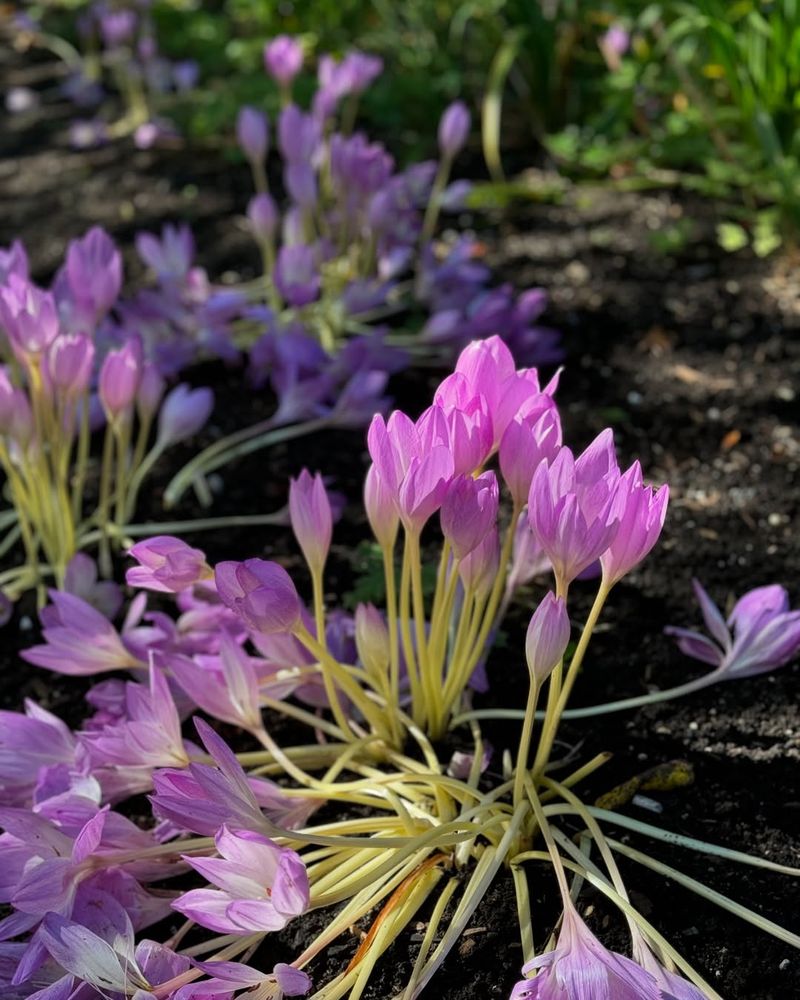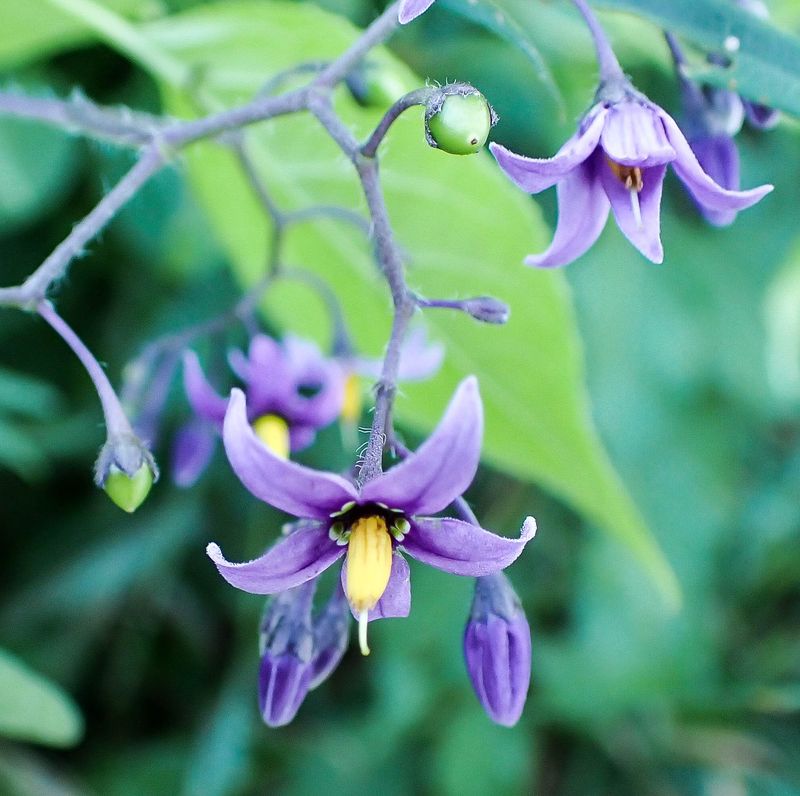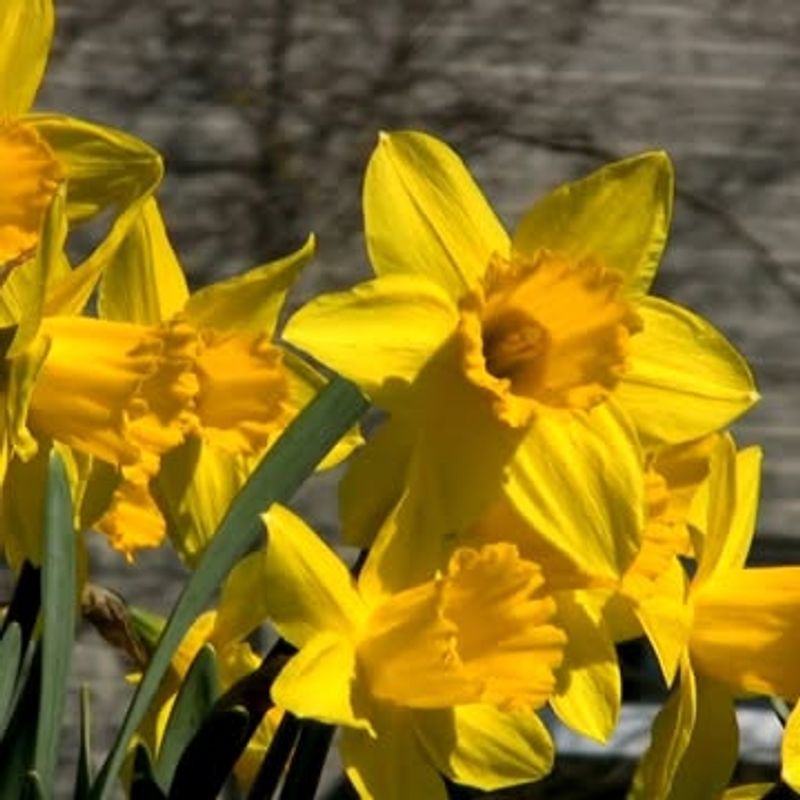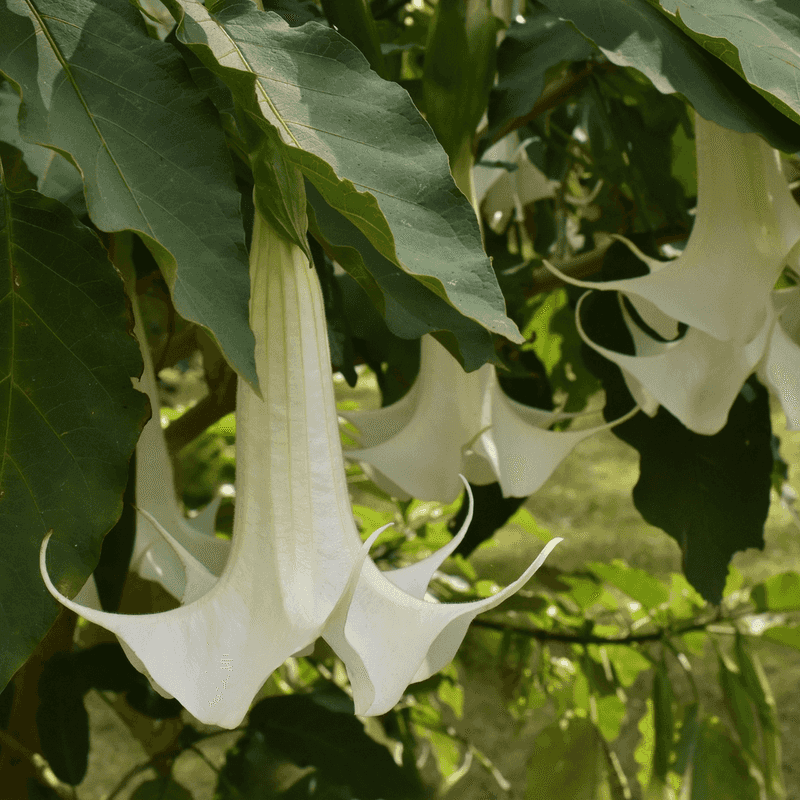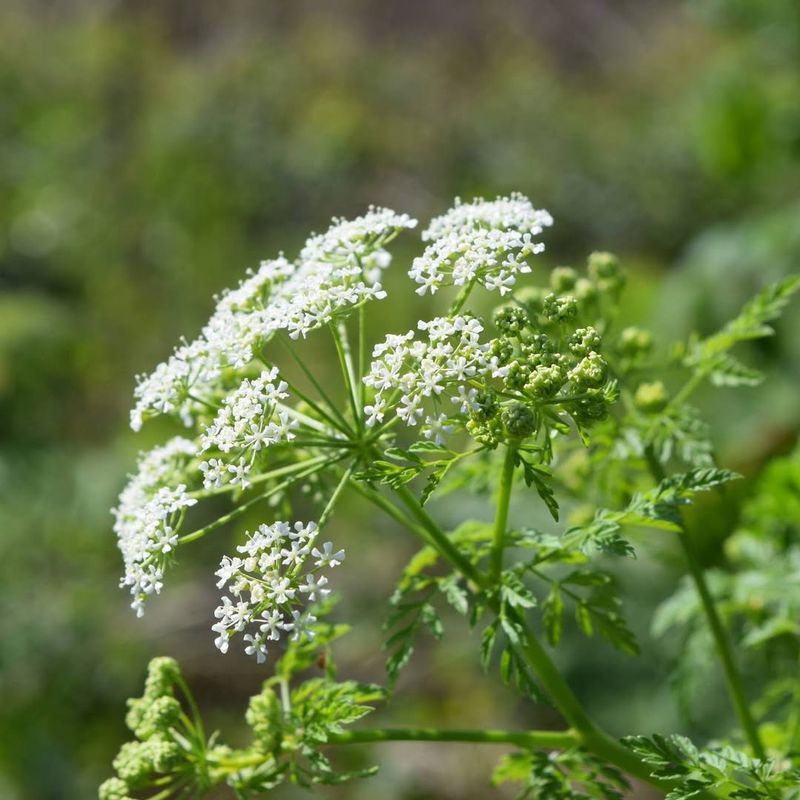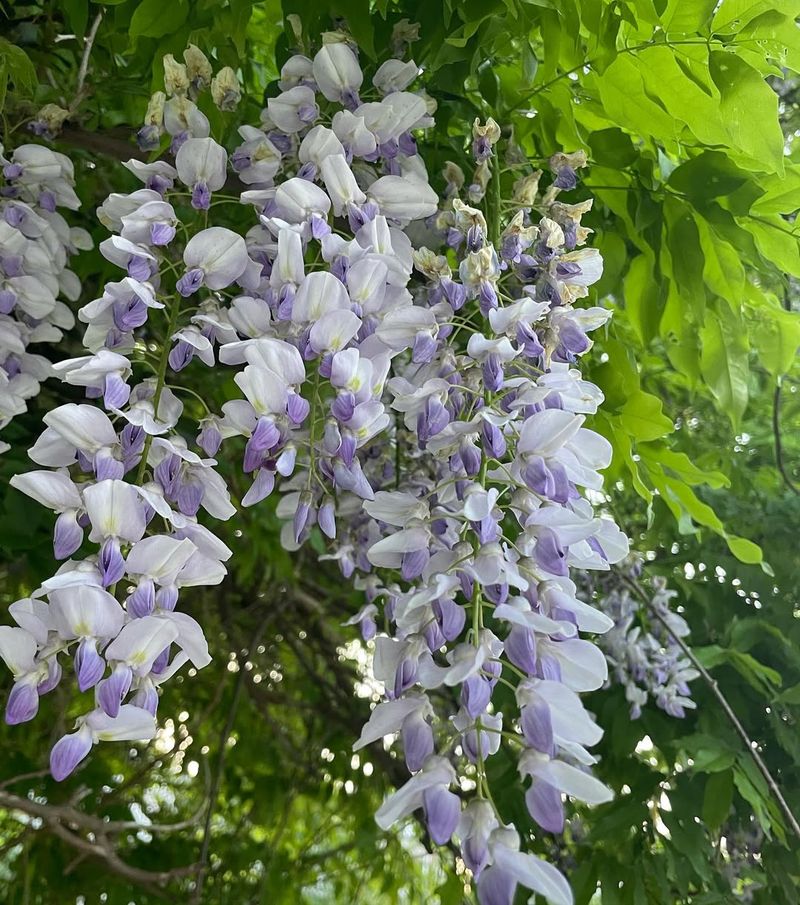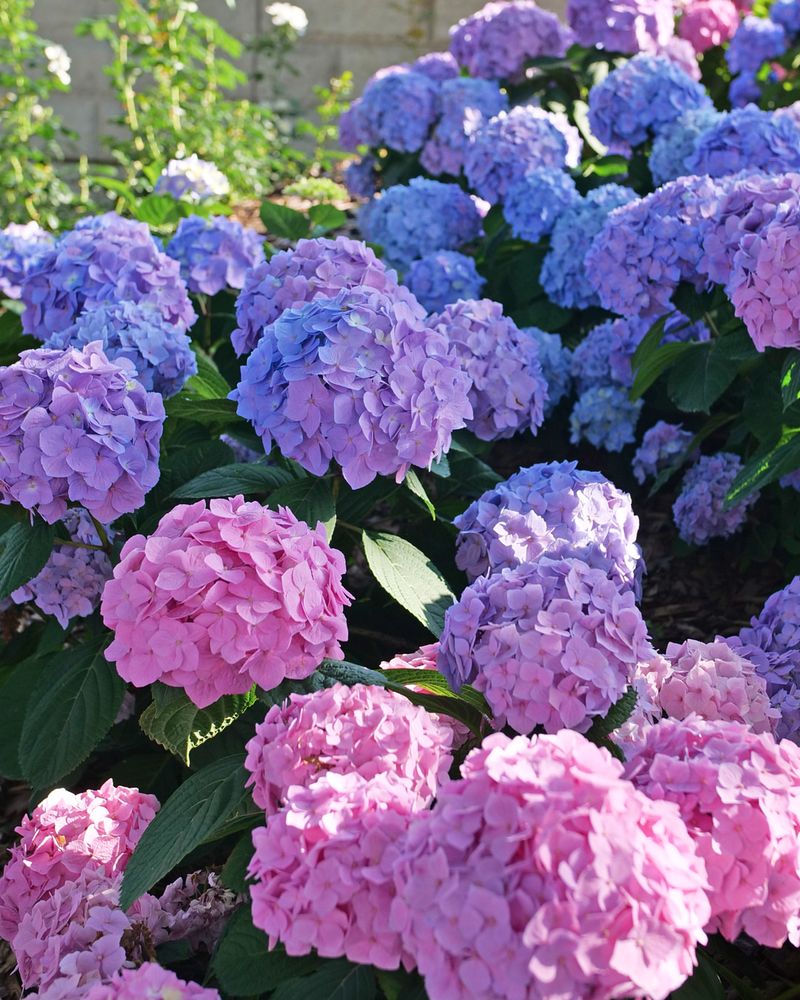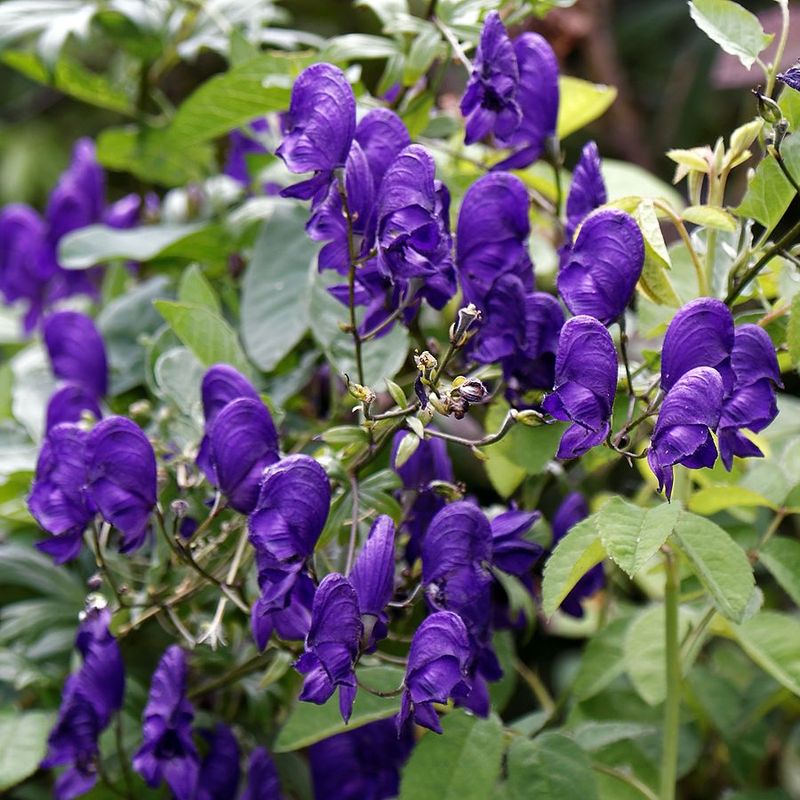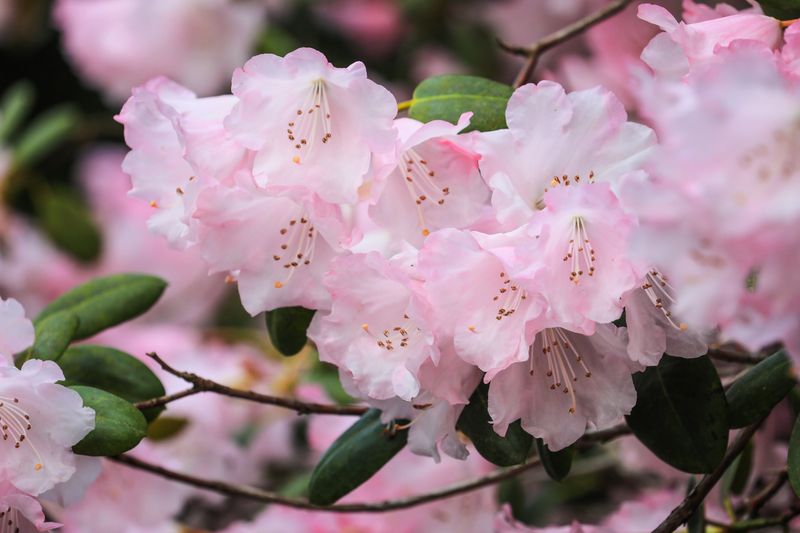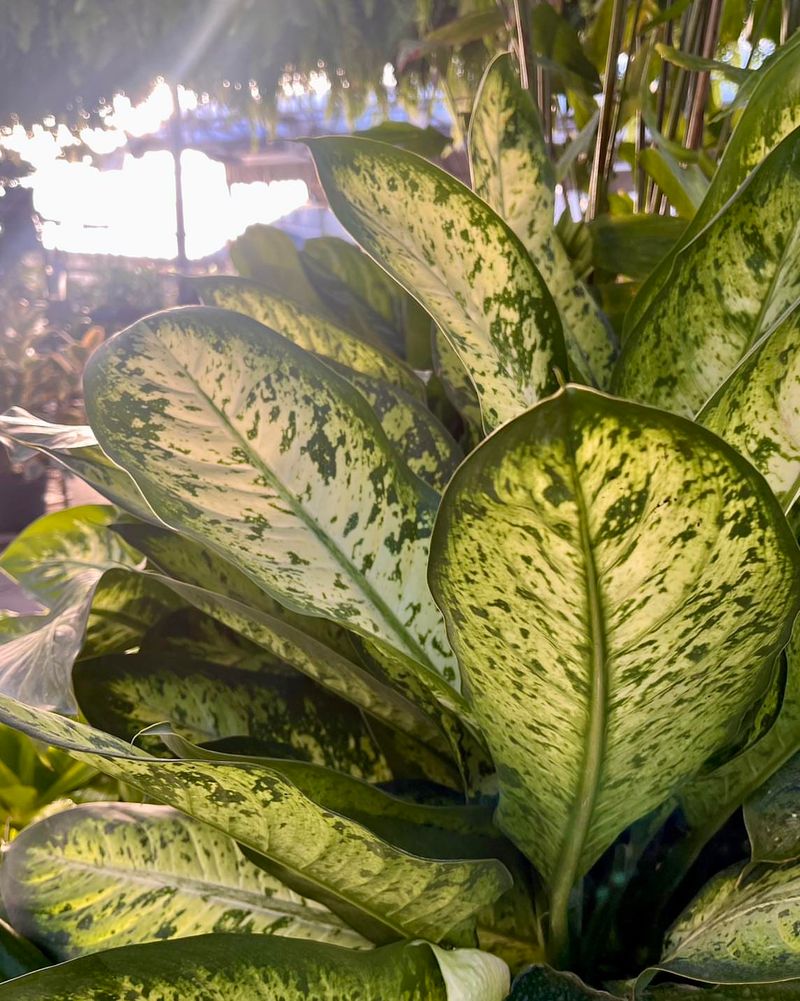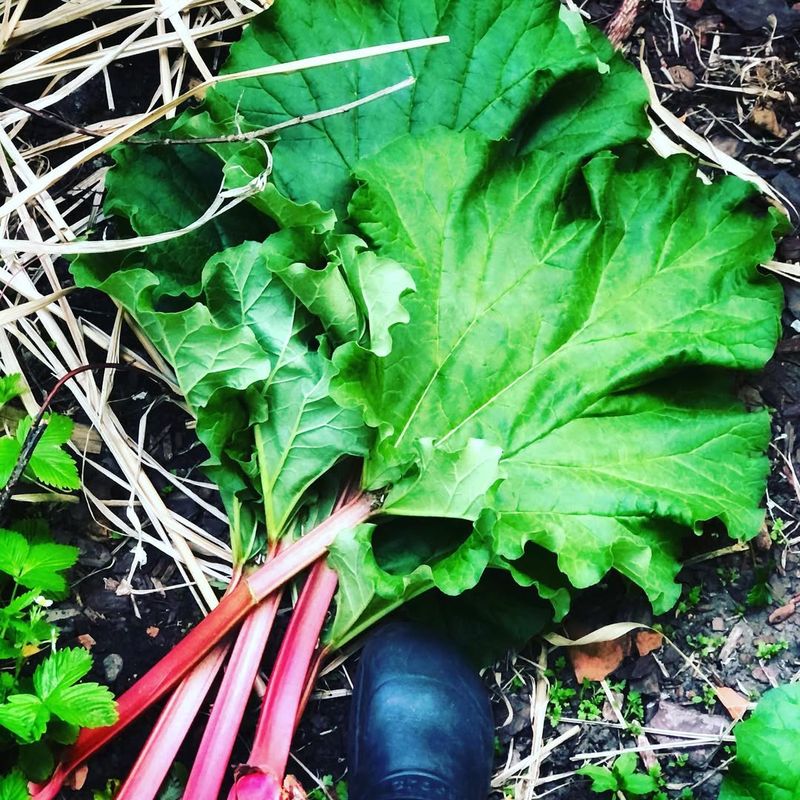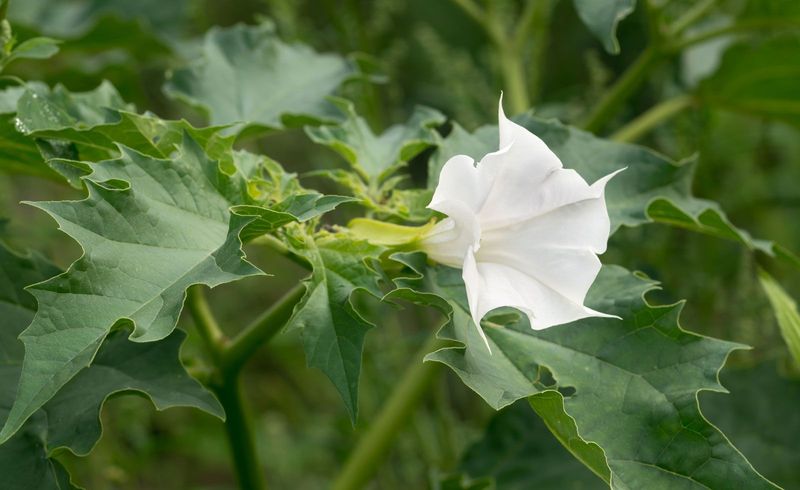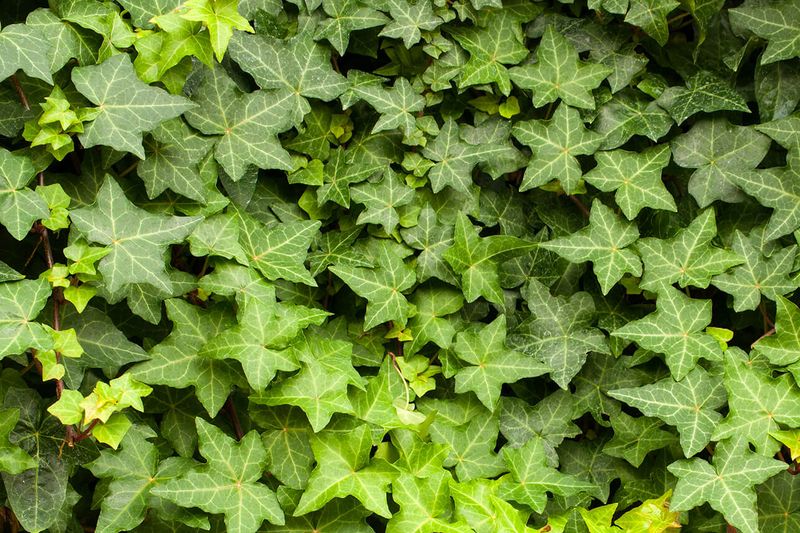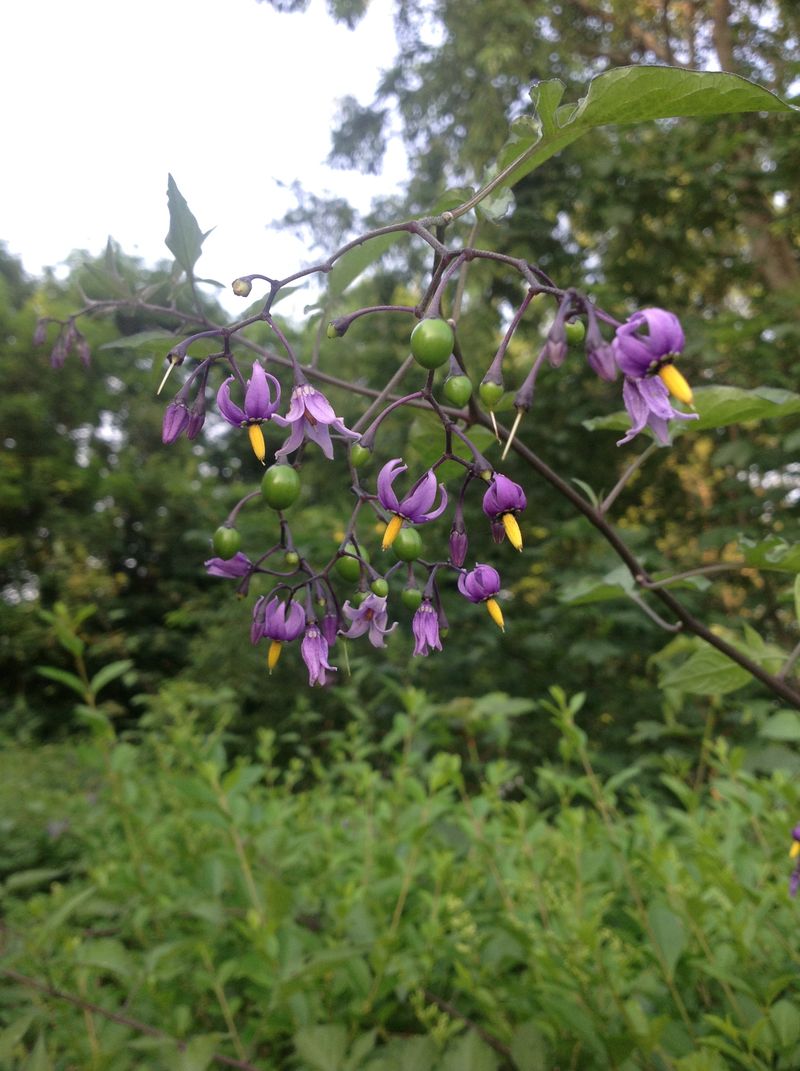It’s wild how something so beautiful can also be a bit dangerous. When I first started gardening, I had no idea that some of the prettiest plants in my yard could actually be harmful to kids or pets. It made me take a second look at what I was planting and where.
Now, before adding anything new, I always check if it’s toxic—especially with a curious dog around who loves sniffing and nibbling everything. It’s a simple habit that’s saved me a lot of worry (and a few emergency searches).
If you love gardening but also want to keep your family safe, knowing which plants to be cautious with is a smart first step. A little knowledge goes a long way in creating a space that’s as safe as it is stunning.
1. Oleander
Every part of this popular ornamental shrub contains deadly cardiac glycosides. The attractive pink, white, or red flowers might tempt children, but ingesting even small amounts can cause severe digestive upset, irregular heartbeat, and potentially death.
Look for narrow, leathery leaves that grow in pairs or groups of three along woody stems. The blossoms cluster at branch tips and resemble those of periwinkle, though larger. A milky sap appears when stems are broken.
I’ve noticed these plants often line highways in warmer regions, completely unbeknownst to most passersby. They thrive in sunny spots and can reach heights of 6-12 feet when mature.
2. Foxglove
Tall spikes of tubular flowers make this biennial plant a cottage garden favorite, but the beauty is deceptive. All parts contain digitoxin, used medicinally in controlled doses but potentially fatal when consumed incorrectly.
The plant features large, fuzzy leaves forming a ground-level rosette in its first year. During the second year, flower stalks shoot upward 2-5 feet, bearing drooping bell-shaped blooms in purple, pink, white, or yellow, often with spotted throats.
Children sometimes pick these flowers as natural “finger puppets,” an innocent activity that can become dangerous if they later touch their eyes or mouth without washing hands thoroughly.
3. Lily Of The Valley
Dainty white bell-shaped flowers with a heavenly fragrance belie this plant’s deadly nature. The entire plant—flowers, leaves, stems, and berries—contains cardiac glycosides and saponins that affect heart function.
Recognizable by its small, nodding white flowers and broad, lance-shaped leaves that emerge in spring, this woodland plant spreads aggressively through underground rhizomes. After flowering, small orange-red berries form that might attract curious children.
Many gardeners unknowingly plant these toxic beauties in shaded areas. Watch for their emergence in early spring as pairs of smooth, folded leaves pushing through the soil, often in expanding colonies.
4. Castor Bean Plant
Housing one of the most potent plant toxins known to science, the castor bean contains ricin, primarily concentrated in its seeds. Just one or two chewed beans can prove fatal to a child, making this ornamental plant particularly dangerous.
The tropical-looking plant features large, palm-shaped leaves with 5-11 pointed lobes and serrated edges, often with a reddish tint. Spiky seed pods follow small red flowers, eventually drying and exploding to disperse the mottled bean-like seeds.
Growing up to 15 feet tall in a single season, these plants sometimes appear in gardens where they’re valued for dramatic foliage. Their rapid growth and unusual appearance make them particularly fascinating to children.
5. Yew
Ancient yews grace many churchyards, but few realize almost every part contains taxine alkaloids that can stop a heart within hours. Only the fleshy red aril surrounding the seed is non-toxic, though the seed inside remains deadly.
Identifying characteristics include flat, linear needles arranged along branches, bark that flakes in thin red-brown plates, and distinctive red berry-like structures in fall. Unlike true berries, these arils have an opening at the end revealing a single seed.
Commonly used in formal hedging and topiary, yews tolerate heavy pruning and shade. The contrast between dark foliage and bright red arils often attracts birds, who safely eat the flesh and disperse the seeds.
6. Autumn Crocus
Often confused with true crocuses, this fall-blooming flower contains colchicine, a compound that disrupts cell division and can cause multi-system failure. The poison affects all parts but concentrates in the corms and seeds.
Unlike spring crocuses, autumn crocus produces leafless purple, pink, or white flowers in September-October, with foliage appearing months later in spring. The long, strap-like leaves resemble those of daffodils but emerge without flowers.
My neighbor once mistook the bulb-like corms for onions—a potentially deadly error. The flowers appear suddenly after fall rains, sometimes in lawns where bulbs have naturalized or been forgotten, creating unexpected toxic surprises.
7. Water Hemlock
Considered North America’s most toxic plant, water hemlock contains cicutoxin, which attacks the central nervous system and can cause death within hours. The concentration is highest in the roots, which smell pleasant and resemble edible roots like parsnips.
The plant grows 3-6 feet tall in wet areas with hollow stems spotted purple or red near the base. Umbrella-like clusters of small white flowers appear in summer, resembling Queen Anne’s lace but with more rounded flower heads.
One distinctive feature is the chambered root, which, when cut, reveals cross-partitions and often oozes a yellowish oil. This plant frequently grows along streams, ditches, and pond edges where children might play.
8. Daffodil
These harbingers of spring contain lycorine and other alkaloids, particularly concentrated in the bulbs. While rarely fatal, ingestion causes severe gastrointestinal distress, and the sap can irritate skin.
Recognizable by their trumpet-shaped central corona surrounded by six petal-like tepals, daffodils emerge from onion-like bulbs. The flowers typically appear in yellow or white atop hollow, leafless stems with flat, strap-like leaves at the base.
Gardeners should wear gloves when handling the bulbs, which can cause dermatitis. Interestingly, many animals instinctively avoid daffodils, though cases of livestock poisoning occur when bulbs are accidentally plowed up in fields.
9. Angel’s Trumpet
Hanging like elegant bells from woody stems, the dramatic flowers of this plant contain potent tropane alkaloids that affect the central nervous system. All parts are toxic, causing hallucinations, paralysis, and potentially death.
The large, fragrant, trumpet-shaped flowers dangle downward in white, yellow, pink, or peach, stretching 6-8 inches long. Oval, toothed leaves grow alternately along stems that can reach shrub or small tree size in warm climates.
Evening brings an intensified sweet fragrance designed to attract night-pollinating moths. Despite its dangers, this plant remains popular in warm-climate gardens where it’s often used as a focal point or grown in large containers.
10. Poison Hemlock
Infamous as the plant used to execute Socrates, poison hemlock contains coniine and other alkaloids that can cause respiratory paralysis. A member of the carrot family, it’s been mistaken for edible plants with tragic results.
The tall biennial grows 3-10 feet with distinctive purple-spotted hollow stems and fern-like leaves. Small white flowers appear in umbrella-shaped clusters during its second year. When crushed, all parts emit a musty, mouse-like odor.
Found along roadsides, ditches, and field edges, this plant spreads rapidly in disturbed soil. Last spring, I discovered several young plants in my compost area—likely from seeds carried by birds or wind.
11. Wisteria
Cascading purple flowers make wisteria a romantic garden favorite, but the beauty hides danger. The seeds and pods contain wisterin glycoside, causing severe gastroenteritis if consumed.
Identifying features include woody, twining vines that can grow massive with age, compound leaves with 9-19 leaflets, and hanging clusters of pea-like flowers in spring. After blooming, velvety seed pods develop, eventually hardening and splitting to reveal poisonous seeds.
The vines climb aggressively, sometimes breaking trellises with their weight and strength. Children sometimes play with the attractive seed pods, not realizing the danger they pose if the seeds inside are eaten.
12. Hydrangea
Those gorgeous blue, pink, or white flower clusters contain cyanogenic glycosides, particularly concentrated in the leaves and flower buds. When ingested, these compounds can release hydrogen cyanide in the body.
The large, rounded flower heads consist of clusters of small blooms, sometimes with showy sterile florets around the edges. Broad, serrated leaves grow oppositely on woody stems that can form sizeable shrubs reaching 4-12 feet tall and wide.
While serious poisonings are rare, consuming leaves or chewing on stems can cause stomach pain, nausea, and vomiting. The plant’s soil pH determines flower color in many varieties—acidic soil produces blue flowers, alkaline soil yields pink ones.
13. Monkshood
Medieval assassins favored this plant for its deadly aconitine, which remains potent even after the plant dries. The poison can enter through skin, making this one of the most dangerous garden plants.
The hooded flowers resemble a monk’s cowl, typically in deep purple-blue, though white and pink varieties exist. Glossy, deeply-lobed leaves grow alternately on upright stems reaching 2-4 feet tall. The plant emerges from tuberous roots that resemble small turnips.
Growing in partial shade, monkshood often appears in woodland gardens where its late-summer blooms provide color when other flowers have faded. Always wear gloves when handling any part of this plant—even dried specimens retain their toxicity for years.
14. Rhododendron
These magnificent flowering shrubs contain grayanotoxins in all parts, particularly the leaves and nectar. Even honey made from rhododendron flowers can cause “mad honey disease” with symptoms including low blood pressure and irregular heartbeat.
Characterized by large, leathery evergreen leaves and showy clusters of funnel-shaped flowers in spring, rhododendrons grow as compact shrubs or small trees. The leaves typically curl downward and have a distinctive boat-like shape.
Children sometimes make “tea” from the leaves or suck nectar from the flowers, not realizing the danger. Most pets and livestock instinctively avoid eating rhododendron, though poisonings occasionally occur during harsh winters when other food is scarce.
15. Dieffenbachia
Commonly known as “dumb cane,” this popular houseplant earned its nickname from the temporary speech loss that can occur after chewing its stems or leaves. Calcium oxalate crystals cause immediate burning and swelling of mouth tissues.
Large, oblong leaves with creamy white or yellow variegation grow on thick, fleshy stems. The tropical appearance makes it a favorite indoor plant, often placed in offices and homes where pets and children might access it.
The sap can also cause skin irritation and eye inflammation. When working with dieffenbachia, I always wear gloves and wash my hands thoroughly afterward, especially before touching my face or preparing food.
16. Rhubarb
While the stalks make delicious pies, rhubarb leaves contain dangerously high levels of oxalic acid. Consuming them can cause kidney failure as the acid forms crystals in the urinary tract.
The plant grows from crown-like rootstocks, sending up large, crinkled leaves on thick red or green stalks in spring. The edible stalks have a distinctive tart flavor, while the toxic leaves can span up to two feet across with prominent veining.
Harvest-time confusion sometimes occurs when gardeners unfamiliar with rhubarb mistakenly use the leaves. During World War I, rhubarb leaves were briefly recommended as a food source in Britain, resulting in several poisoning cases before authorities corrected their advice.
17. Datura (Jimsonweed)
Ancient cultures used this plant in religious ceremonies for its hallucinogenic properties, but its unpredictable effects make it extremely dangerous. All parts contain atropine, scopolamine, and hyoscyamine, affecting the central nervous system.
The trumpet-shaped white or purple flowers point upward, unlike the similar downward-facing Angel’s Trumpet. Spiny, egg-sized seed pods form after flowering, eventually splitting open to release numerous black seeds. The large, toothed leaves emit an unpleasant odor when crushed.
Often appearing in disturbed soil and waste areas, Datura can unexpectedly pop up in gardens from dormant seeds. The plant’s common name “Jimsonweed” derives from Jamestown, Virginia, where British soldiers were poisoned after eating it in a salad in 1676.
18. English Ivy
This common groundcover and climbing vine contains triterpenoid saponins that cause digestive upset in humans and can be more serious for pets. The berries pose the greatest risk, though all parts contain the toxin.
Recognizable by its distinctive lobed leaves with light veining, English ivy climbs using aerial rootlets that adhere to surfaces. Mature plants produce umbrella-shaped clusters of small greenish-yellow flowers followed by dark berries.
The plant undergoes a fascinating transformation when it reaches sufficient height or age—the leaves become more oval and less lobed, and the plant begins flowering. This adult form looks so different from the juvenile climbing form that many gardeners don’t recognize them as the same plant.
19. Nightshade
Related to tomatoes and potatoes but far more dangerous, deadly nightshade contains solanine and other alkaloids that affect the nervous system and can cause hallucinations, convulsions, and death.
The climbing or sprawling plant produces star-shaped purple flowers with prominent yellow centers, followed by shiny black berries that resemble cherries. Oval leaves grow alternately along purplish stems that may reach 2-4 feet in height.
Children are particularly vulnerable to nightshade poisoning due to the attractive berries. The plant often grows along woodland edges, in neglected areas, and sometimes in garden borders where birds have dropped seeds.

